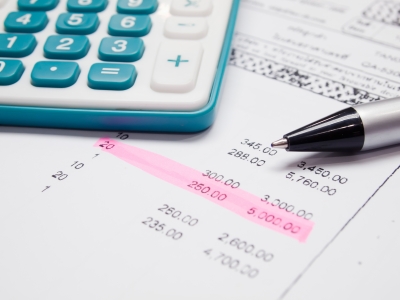- Start by listing your largest assets. For most people, this would include their vehicles, homes etc. The estimated value of these assets must be as close as possible to the current value, and this can be higher or lower than what you paid for the asset.
- Next, you’ll want to gather your latest statements for your more liquid assets. Liquid assets are cash assets and others which can be easily converted into cash with minimal loss of value e.g Treasury Bills. Shares are also considered fairly liquid, when valuing them, use the latest trading price.
- Finally, consider listing personal items that may be of value. This could include jewelry, coin collections, musical instruments, etc. You don’t need to itemize everything, only the items you can sell readily. A note of caution here, never list gadgets at the price you bought them, it’s wise to reduce their value, knowing that a phone for example takes about 3 years to totally lose value, so every year it loses a third of it’s value.
- Now, take all of the assets you have listed in the first three steps and add them together. This number represents your total assets.
- It is time to look ad liabilities (debts). Again, start with the major outstanding liabilities such as the balance on your mortgage or car loans and list those.
- Next, list all of your personal liabilities such as credit cards, student loans, or any other debt you may owe.
- Add up all of your liabilities to come up with a total.
- Finally, subtract the total liabilities from the total assets and you will have your net worth. It doesn’t matter how big, how small, or even if it is negative. This is just a starting point to have something to compare against in the future.
- Repeat this process once a year and compare it with the previous year’s number. You can then determine if you are making progress or getting further behind.
Jargon Fridays: Wealth Statement
In Part 2 of The 50,000 Problem, we came across the term Wealth Statement, and I promised we would look at it in more detail in a future post, so here goes.
A personal wealth statement is the total value (in money terms) of your possessions or assets which can be sold off. It is often calculated to gain a perspective on your financial well being and to help you manage your finances better. Net worth is the sum of your assets, less your liabilities (amounts owed to other people). This article on About.Com gives a simple guide for calculating your wealth. In summary (with my edits):


